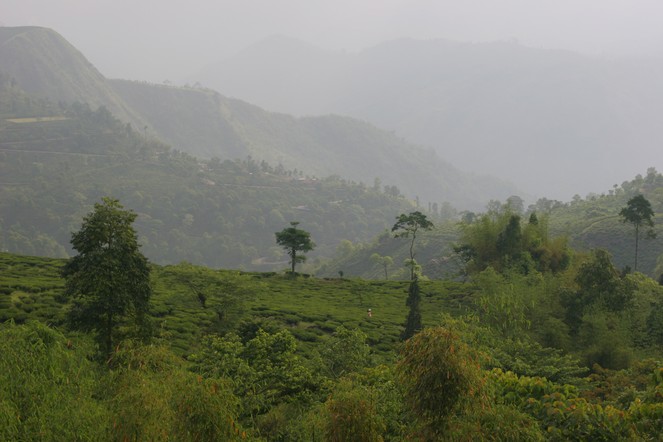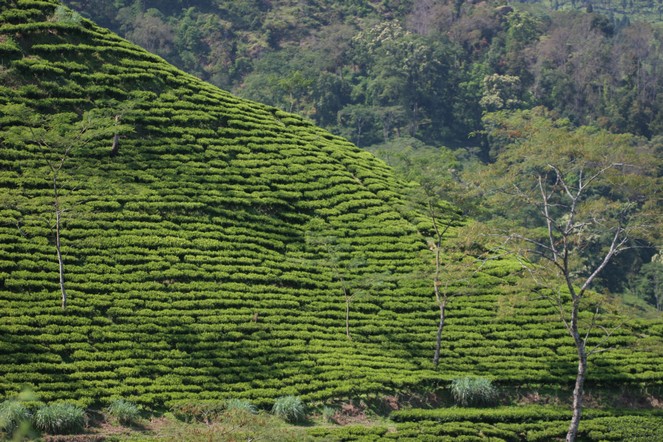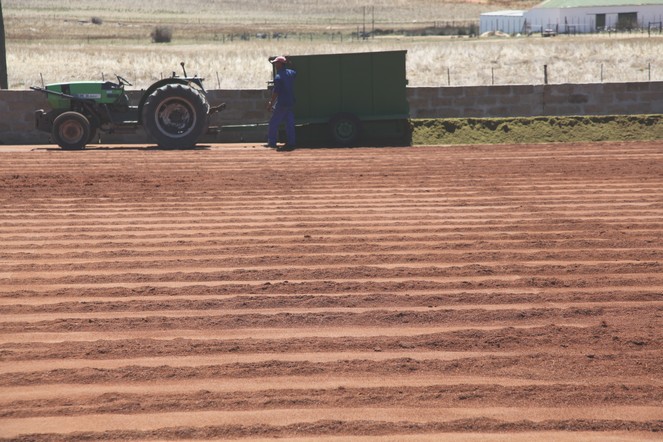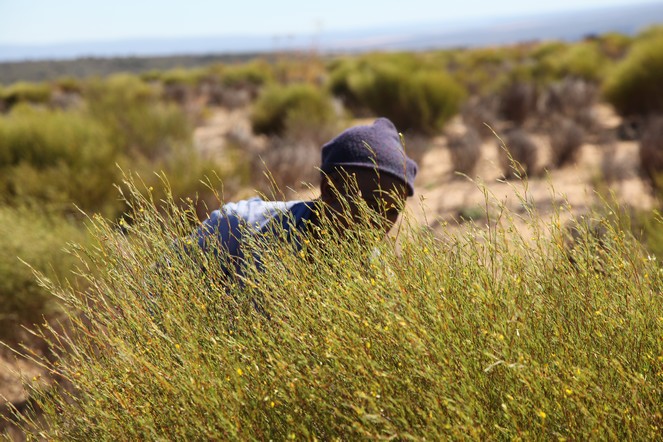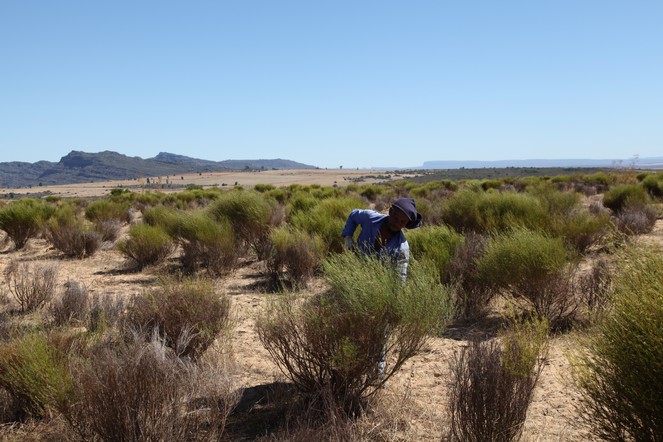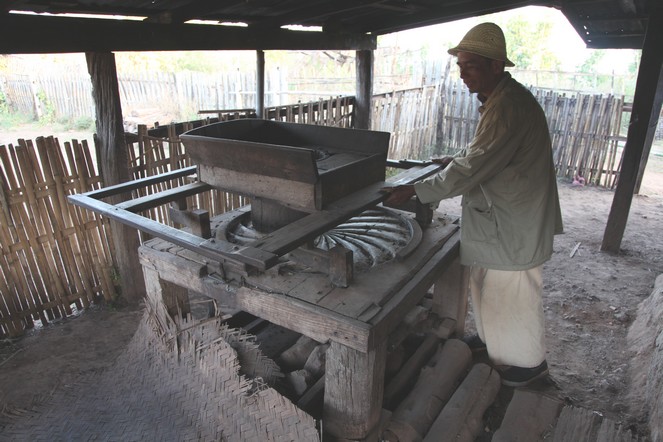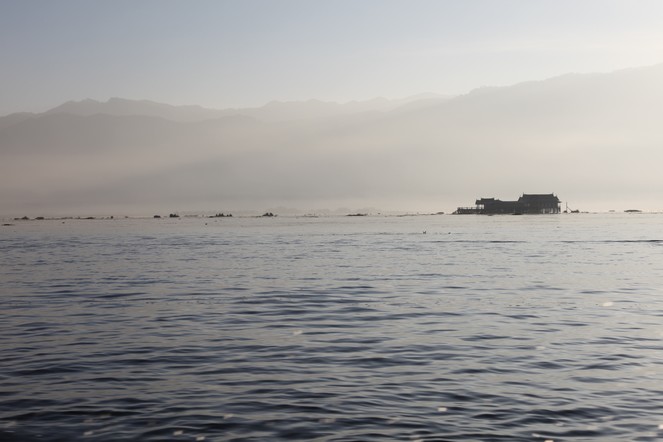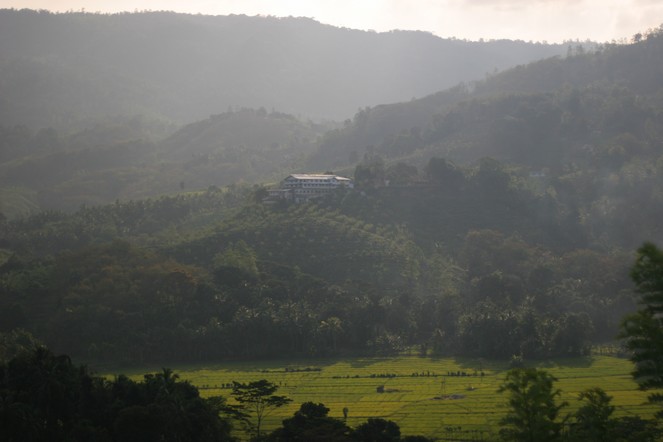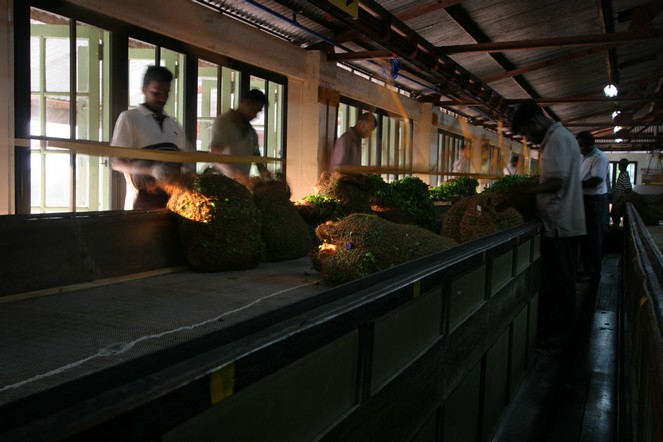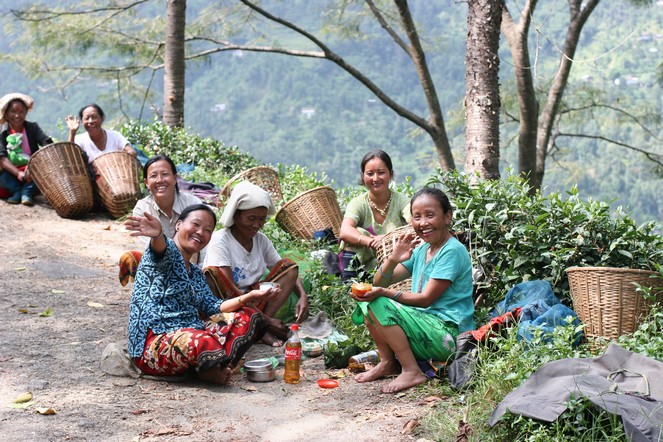This morning, I had the pleasure of meeting Abhishek Bagaria, the owner of Phuguri Tea Estate, Orange Valley Tea Estate and Millikthong Tea Estate. He hopes to be able to go ahead with the harvesting on his various plantations in the next couple of weeks.
After a cold, dry winter, the weather conditions are now favourable. We must now just hope that the political tensions which have reignited over the thorny issue of autonomy for the Darjeeling region will not lead to strikes and road blocks.
There are still hurdles to overcome before we can enjoy these Darjeeling teas – but they will be worth the effort!

